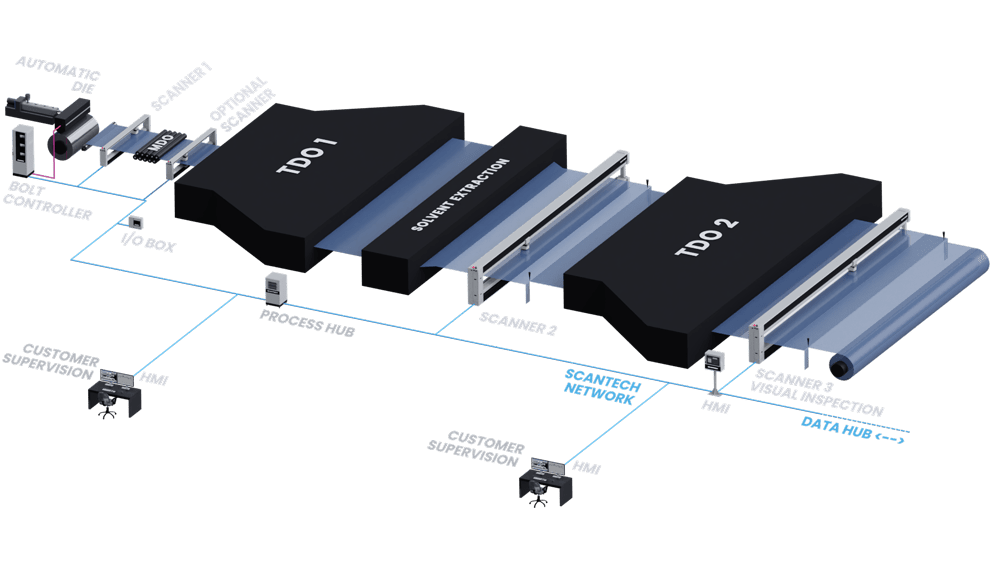
February 13, 2023
Porosity refers to the amount of empty space or voids in a material, and it plays a critical role in the performance and safety of battery separators.
In a battery, the separator is a thin layer of material that separates the positive and negative electrodes and prevents them from touching and short-circuiting. The separator must allow the movement of ions between the electrodes while also preventing the electrodes from physically touching each other.
The porosity of the separator determines its ability to allow ionic transport while maintaining a physical barrier between the electrodes. If the separator has too low a porosity, it will restrict ion flow and limit the battery’s performance. On the other hand, if the porosity is too high, the separator will be less effective at preventing electrode contact and may lead to a short circuit.
Furthermore, the pore size of the separator also plays a role in the battery’s performance and safety. If the pore size is too large, the separator will be less effective at preventing electrode contact, while if the pore size is too small, the ionic transport will be restricted.
In summary, the porosity of battery separators is crucial for balancing ion transport and physical barrier properties, and it directly affects the battery’s performance and safety.
Measuring porosity in battery separators is important for several reasons:
- Quality control: Porosity is a critical parameter in the production of battery separators, and measuring it accurately helps ensure the quality and consistency of the separators.
- Optimization of battery performance: Porosity has a direct impact on the ion transport and physical barrier properties of the separator, and measuring it allows manufacturers to optimize these properties to improve the battery’s performance.
- Safety: Porosity affects the safety of the battery by influencing the likelihood of short circuits, and measuring it allows manufacturers to ensure that the separators have the appropriate porosity to prevent such incidents.
- Troubleshooting: Measuring porosity can also help identify potential problems in the battery manufacturing process, such as changes in the separator’s properties over time, which could indicate issues with the production equipment or materials.
In conclusion, measuring porosity in battery separators is crucial for ensuring the quality, performance, safety, and troubleshooting of batteries. It provides valuable information to manufacturers, which they can use to optimize the performance of their products and ensure that they meet industry standards and customer expectations.
Measuring porosity in battery separators is crucial for ensuring the quality, performance, safety, and troubleshooting of batteries.
“
Discover our measurement solutions for the porosity in Batterie separator film manufacturing process.
Related Articles
Enhancing Aseptic Package Production
Optimize aseptic package production with Scantech’s advanced measurement solutions. Improve quality, productivity, and safety.
How to Calculate Density: Formulas, Examples, and Practical Tips
Density is a fundamental concept encountered in numerous fields of science and engineering, ranging from materials science.
Online Non-Contact Measurement: The Ideal Solution for Precise and Contact-Free Measurements
In a world where efficiency and precision are essential, Online Non-Contact Measurement has become a must-have solution for many industries.

